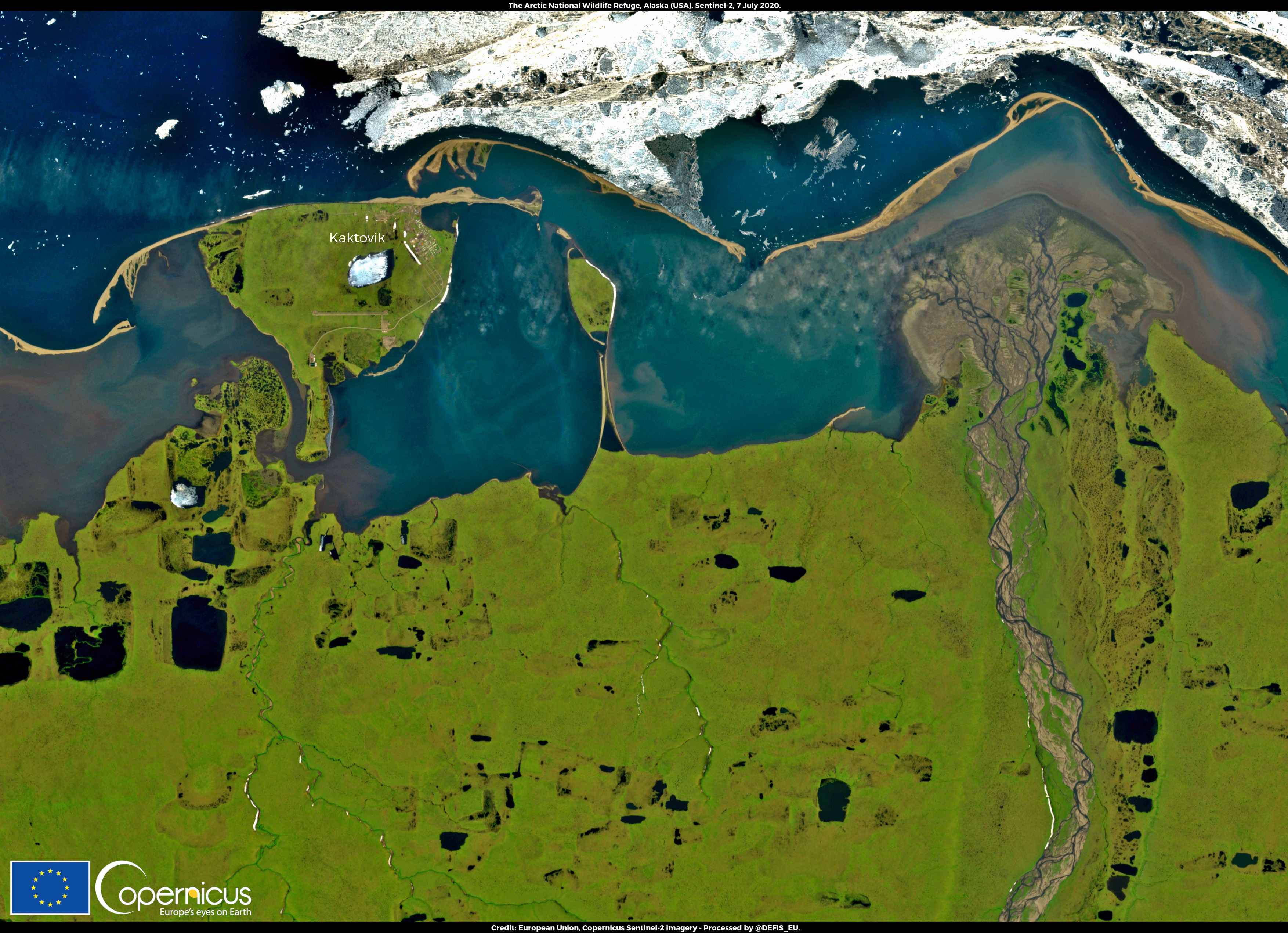Published on 26 February 2021
The Arctic National Wildlife Refuge (ANWR), located in the very Northeast of Alaska, is the largest national wildlife refuge in the United States. It is home to various species of fauna, including polar bears, moose, and wolves, as well as countless migratory birds from around the world that visit it each year.
The region first became a federal protected area in 1960, and the ANWR was established in two decades later, via the Alaska National Interest Lands Conservation Act. However, the United States Congress deferred the decision regarding management of oil and gas exploration in a coastal plain discussed in section 1002 (referred to as the 1002 area). This area spans about 600,000 ha and — despite its importance as a wildlife habitat — has been a subject of ongoing discussion due to the enormous oil and gas resources it is suspected to contain.
No decisions were made regarding oil exploration in the 1002 area until 2017, when a tax legislation that would allow for oil and gas drilling was signed into law. Numerous disputes followed this decision, but in February 2021, all exploration plans are reported to have finally fizzled out due to their lack of measures to ensure protection of the polar bear habitats of the ANWR.
This image, acquired by one of the Copernicus Sentinel-2 satellites on 7 July 2020, shows the city of Kaktovik in the 1002 area, around which seismic surveys were planned.
Data acquired by Copernicus Sentinel satellites are used operationally to monitor the impact of climate change on the fragile ecosystems in the Arctic.
Read this and many more "Image of the Day" articles
over on the Copernicus website
